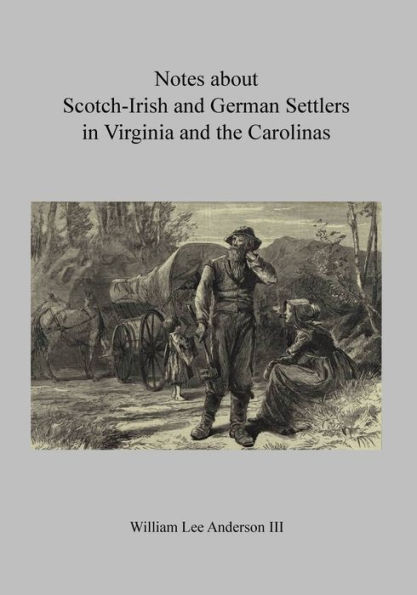During the 1700s many Scotch-Irish and German immigrants arrived in North America and first settled in Pennsylvania. They and their children migrated to Virginia and the Carolinas. Today, most of their descendants seldom think about their heritage, yet it is a colorful story. This book investigates to:
- Understand the confusing adjective Scotch-Irish or its equivalent Scots-Irish.
- Understand the confusing cultural icons of bagpipes, kilts, Celtic whistles, etc.
- Understand the history of Moravian, Lutheran, Mennonite, Amish, Dunkards, Presbyterian, Puritanism, Huguenot, Quaker, Methodist, Congregational, and Baptist denominations that have churches in the Carolinas.
- Understand why and when surnames became common.
- Understand the motivations of Scotch-Irish and German immigrants during the 1700s and terms of their Carolina land grants.
- Understand the relations between early Carolina immigrants and Native Americans.
- Understand why Scotland's heroine Flora Macdonald came to live in North Carolina.
- Understand Scotch-Irish legacy in Charlotte and Mecklenburg County, North Carolina.
- Understand the controversial Mecklenburg Declaration of Independence.
- Understand the decisive role Scotch-Irish and Germans settlers played during the American Revolution, 1775-1783.
- Understand the limitations of genealogy. Why do all family-tree branches end in obscurity? Because time is the structure of history, this book is organized by a strict timeline. Original sources are referenced and marked with imbedded citations. Where possible, history is presented as commentary about original sources. A comprehensive index, it too with timelines, appears at the end. These tools are useful to the reader. If the author's family members participated in noteworthy historical events, their notes are marked by family-specific colored text. For other readers, these are interesting examples.




